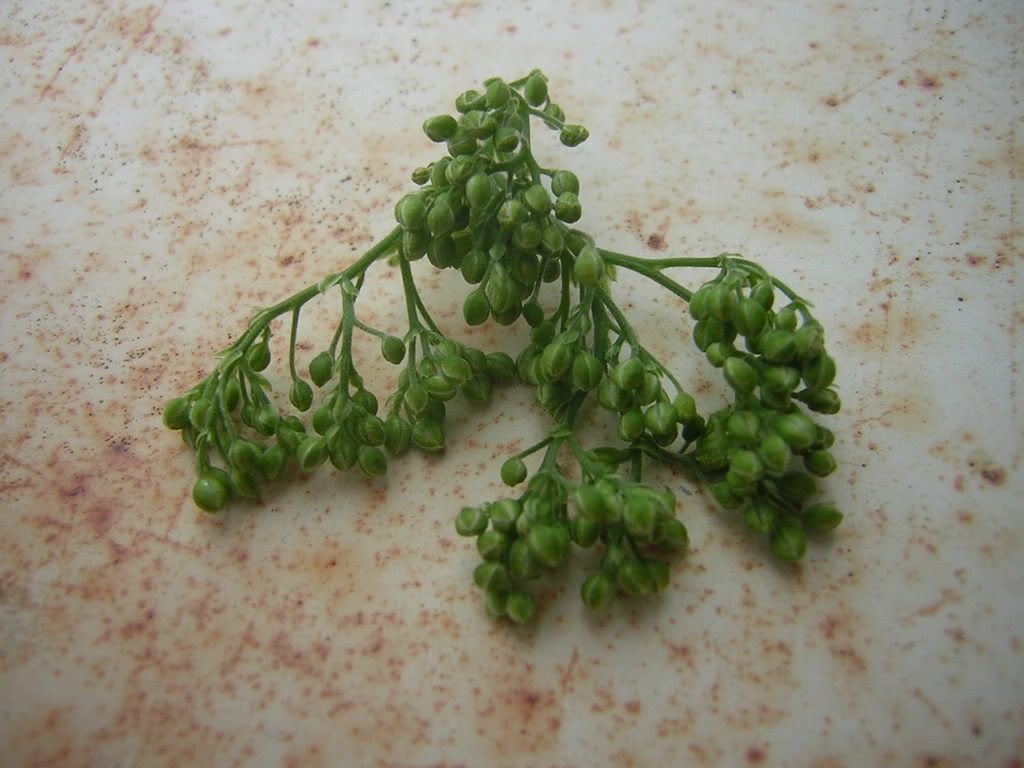Blackwill
New Member
Hi guys and gals,
Just a quick question, but a bit of background first:
I purchased some Hop seeds a few months ago, planted them, and they are coming up now. I also planted a Horizon rhizome, which is also coming up (gangbusters). The seed-grown hops and the rhizome-grown hops are seperated in different parts of the yard. Now the question:
I know the rhizome was taken from a female plant, but can't be certain about the seeds. Is there any way to tell, before pollination, which vines are male and which are female?? I have never grown hops before, so any information would be helpful.
Thanks in advance,
Chris
Southern San Joaquin Valley, California.
Just a quick question, but a bit of background first:
I purchased some Hop seeds a few months ago, planted them, and they are coming up now. I also planted a Horizon rhizome, which is also coming up (gangbusters). The seed-grown hops and the rhizome-grown hops are seperated in different parts of the yard. Now the question:
I know the rhizome was taken from a female plant, but can't be certain about the seeds. Is there any way to tell, before pollination, which vines are male and which are female?? I have never grown hops before, so any information would be helpful.
Thanks in advance,
Chris
Southern San Joaquin Valley, California.



